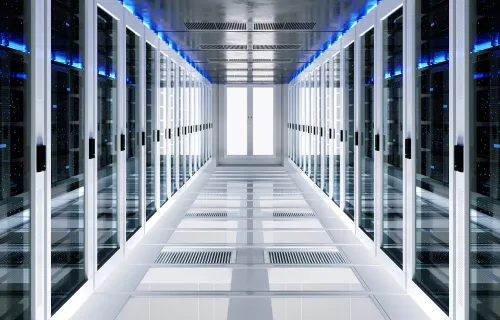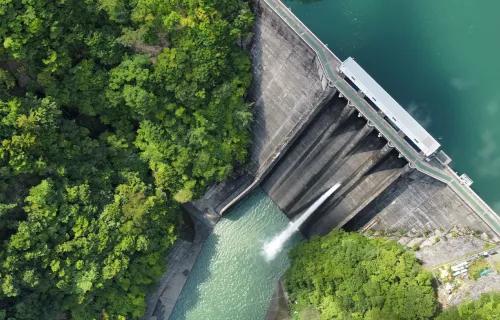Demand response is not a new concept. The balance of supply and demand is essential for any market and demand response (DR) has provided a method for reducing demand in the electrical grid at points (and times) where supply is limited. It has been a useful tool till now, but our power system is changing.
The grid is changing. The nature of generation is changing. Customers are changing and markets and control systems also need to change. So where does demand response fit into this changing world? While demand response may not be a new tool, it still has an important role to play, and it can be argued that its value will increase as changes continue. So where is the paradox?
As new business models and opportunities emerge as a result of the changes in the industry, there will be increasing opportunities for interaction, and presumably more services offered for customers to engage with each other through the grid. Currently, the biggest roadblock to demand response is the lack of consumer motivation. There is also the question of just how much demand response is required to manage today’s grid or whether there are other ways to achieve the same results. But when demand response includes supply following opportunities, how will that change things?
The first in the series, this paper delves into the various demand response paradoxes that are to be considered in the new, rapidly-evolving utilities ecosystem. Read our paper to learn more.
The other two white papers in the series are:
- Optimized Network Utilities and demand response
- The importance of markets and policy to demand response
For more information contact us.





